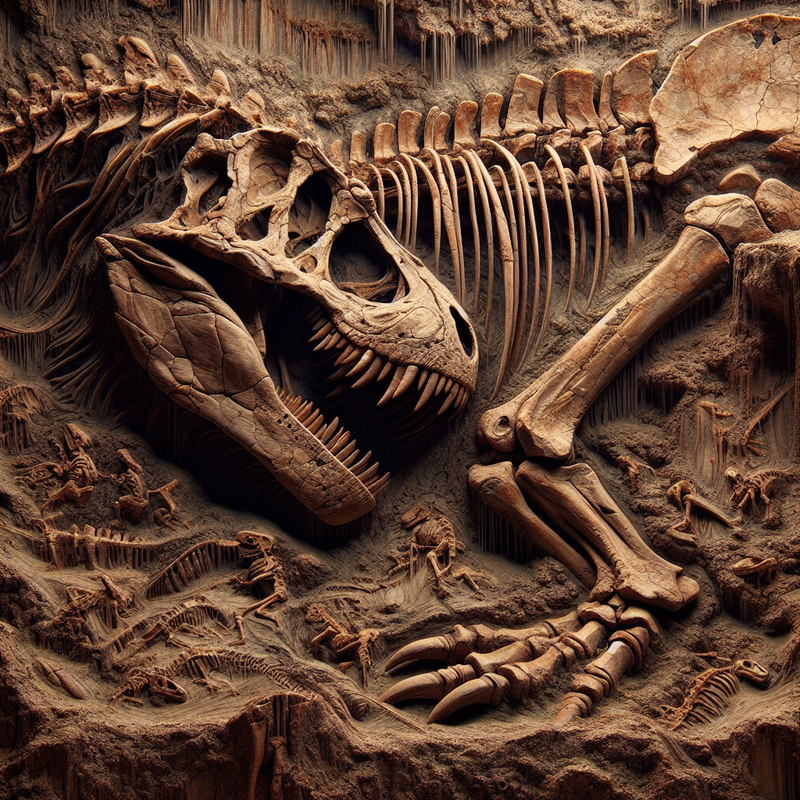Imagine waking up in a world that looks ancient—trees with growth rings, rivers carving deep valleys, fossils buried in the earth. But what if it was all created yesterday? What if our gauges and meters registered a fraudulent past?
This is the Omphalos Hypothesis, a 19th-century idea by Philip Henry Gosse. It suggests that God created the world with the appearance of age—Adam with a belly button, trees with rings, and light from distant stars already reaching Earth. The goal? To reconcile the scientific evidence of an old Earth with a literal reading of Genesis.
The Problem: Is God a Trickster?
If true, this would mean all scientific discoveries about Earth's past are an illusion—fossils, geological layers, even starlight would be "planted" features. But would a truthful God intentionally deceive us? This moral dilemma led both scientists and theologians to reject the hypothesis.
Where Does It Stand Today?
Few accept the idea now, even among young-Earth creationists. Instead, alternative explanations like Flood Geology or the Day-Age Theory attempt to align faith with science. Meanwhile, mainstream science supports an Earth that is 4.5 billion years old, based on solid evidence.
Still, the Omphalos Hypothesis raises deep questions: How do we know the past really happened? And if we can’t trust evidence, what can we trust?

